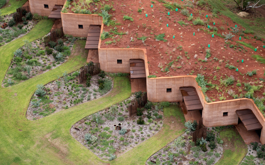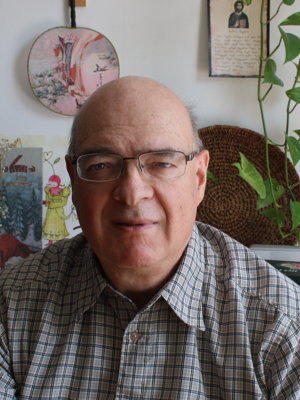15 სექტემბერი, 2025
OnlineAndOfflineCourse Details
-
Course Fee: 980 GEL (for 2 months)
-
Payment Options: The fee can be paid in two installments via bank transfer.
-
Start Date: February 10, 2025
-
End Date: April 10, 2025
-
Class Schedule: Mondays and Thursdays, 19:00-21:00
-
Practical Sessions: Periodic hands-on workshops will be held, with schedules and locations determined during the course in consultation with participants.
-
Total Sessions: 18 lectures – 36 hours in total
-
Class Size: Maximum of 20 participants
-
Format: Classes are conducted in person, with the option to attend fully or partially online.
-
Video Recordings: All participants will have access to lecture recordings.
-
Prerequisites: No prior knowledge is required to enroll in the course.
-
Language of Instruction: Georgian
-
Certification: A certificate will be awarded upon course completion.
-
Location: 5 Marjanishvili St., Tbilisi
Course Objective
The certificate program aims to promote the development of sustainable architecture and earthen construction in Georgia while fostering an eco-friendly approach to the environment.
Course Description
Sustainable architecture serves as an alternative to modern architectural practices that negatively impact ecosystems and contribute to biosphere degradation. The primary goal of sustainable architecture is to minimize adverse environmental, social, and economic impacts associated with environmental degradation.
This course focuses on achieving harmony between architecture and the environment. A key area of study will be earthen architecture, which involves constructing buildings with raw earth and complementary natural materials such as wood, straw, stone, and lime.
The course is based on internationally recognized programs from "CRAterre-ENSAG" (The Grenoble School of Architecture) and its affiliated UNESCO Chair on Earthen Architecture, Building Cultures, and Sustainable Development. These programs emphasize the transformation of earth into a construction material without thermal processing, thereby reducing carbon emissions. The curriculum explores both the scientific and technical foundations of earthen architecture, incorporating 11,000 years of tradition alongside modern innovations in sustainable construction.
As sustainable development progresses, new architectural directions have emerged, including Eco-tech, High-tech Architecture, Organic Architecture, Bioclimatic Architecture, Green Architecture, and Earthen Architecture. These approaches have led to the development of various sustainability standards and regulations, such as:
-
Passivhaus
-
Positive Energy Buildings (BEPOS)
-
Low-Carbon Positive Energy Buildings (E+C-)
-
Low-Carbon Buildings (BBCA)
-
Low-Energy Consumption Buildings (BBC)
The European Union is actively moving towards sustainable architecture and decarbonization. As Georgia integrates into the EU, it is essential to adopt these standards in a timely manner. The European Green Deal (2020), a key EU policy, sets ambitious goals for architectural and construction sustainability, including the renovation of millions of buildings by 2030 to enhance energy efficiency and environmental performance.
Syllabus
[Click here to view the syllabus]
Learning Outcomes
By the end of the course, participants will have a comprehensive understanding of:
-
The core principles of sustainable architecture and construction
-
Traditional earthen construction techniques, including:
-
Rammed earth
-
Compressed earth blocks
-
Adobe
-
Light straw-clay
-
Wattle and daub
-
Poured earth concrete
-
-
Modern innovative sustainable construction techniques, such as:
-
Earthship
-
CobBauge
-
Superadobe
-
Kerterre
-
-
The adaptation of traditional construction cultures using contemporary sustainable innovations
-
Energy efficiency principles and passive energy strategies
-
Natural ventilation systems
-
Natural insulation materials and their properties
-
Conservation techniques for cultural heritage buildings
This professional version ensures clarity, formality, and academic precision while maintaining the structure of the original text. Let me know if you need any refinements!



